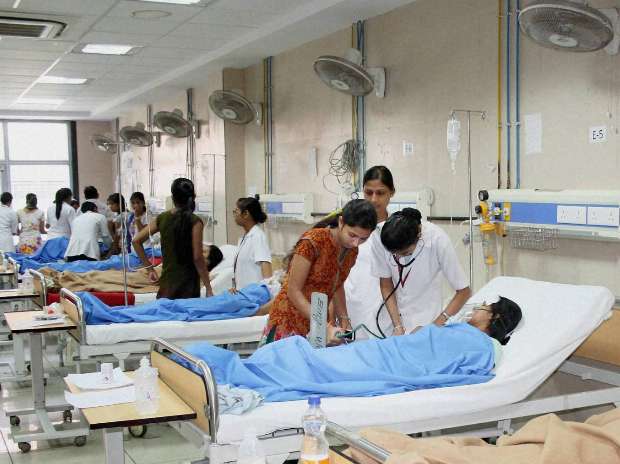Dr Sarit Kumar Rout
The state finance minister will present state budget 2021-22 this month. This will be a tough budget as for the first time in the last 20 years revenue mobilisation is sternly affected by – contraction in own revenue and lower central transfers caused by a plummeting economy. Nonetheless, earlier years of prudent fiscal management and flexibility in borrowing beyond the FRMB target of 3% of GSDP during the crisis provide leverage to the state.
Covid-19 exposed the weakness of public health systems across states. Odisha has effectively managed the pandemic leading to lower positive cases and deaths per million population compared to the national average. Crisis is ephemeral but building strong public health systems is in the long-term interest of the state. In the Union Budget, though health and wellbeing consisting of drinking water, sanitation and nutrition witnessed a quantum jump of 137% rise in allocations, the hike in health department was just 11%. Total budgetary provision for health department including AYUSH and health research is `76,901crore for 2021-22, which is just 2.21% of total government expenditure. In this column, I will focus on the health sector priorities in the state budget.
Higher government investment in healthcare: Over the years, health advocates have been vowing for stepping up government spending on healthcare to at least 2.5% of GDP. This can be achieved when the Union and state governments jointly allocate higher resources. Odisha’s government spending as a share of GSDP hovers around 1.2-1.3% and this results in higher out of pocket expenditure (OOPE) at the point of care. As per the national health accounts statistics, total OOPE stands at 68.9%, 10 percentage point more than the national average. A large part of OOPE happens due to expenditure on medicine and diagnostic services. Though in recent years the state’s effort to reduce OOPE through BSKY is commendable, the government needs to allocate at least 8% of total government expenditure towards health from the current level of 5.2%.
Comprehensive primary care: Investing in primary care in a resource-poor setting is cost-effective and advantageous to the population as it makes early detection and diagnosis. Comprehensive primary care with components of primary prevention, promotion and basic curative care should be designed which will require additional budgetary support. Covid has further accentuated the case for higher resource allocation towards primary prevention, surveillance systems, and public health functions which should gradually be increased to 70% of the state budget as suggested by the national health policy. The union budget announced PM Atma Nirbhar Swasth Bharat Yojana, a central scheme, with a budget provision of `64,180crore over six years, where an array of measures: support to rural and urban health and wellness centres, public health labs and other public health activities have been proposed. This requires states to allocate additional resources.
Covid management fund: A separate Covid management fund may be created to spend on vaccines, health promotion and prevention activities. The Union government has provisioned `35,000crore for vaccination in 2021-22 and this may vaccinate a large number of Indians. However, the state needs to make additional provisions of around `800crore exclusively for vaccines expecting `300 to 400crore from the Union government for vaccinating at least 71 lakh vulnerable households free of cost who are currently covered under BSKY.
Local health systems with flexi funds: Local health systems (LHS) may be introduced in select blocks on a pilot basis for a population of around hundred thousand with decentralisation and flexibility in financing as core principles. The administrative block of Odisha may be considered as a unit for developing LHS with a CHC, 5 to 6 PHCs and 20-25 sub-centres. Private sector and alternative service providers in the administrative region ought to be included. The LHS should work independently experimenting innovative financing and payment mechanisms in order to increase efficiency and reduce fragmentation of services. Both primary and secondary care will be developed within LHS to improve population health.
Flexi funds for action research for promoting evidence-based |decision-making: Evident-based decision-making is paramount for effective implementation of policies. It is proposed to create flexi funds for promoting population-based disease burden studies, health system and cost-effective studies to guide evidence-based policies. This should be exclusively placed with the health secretary and a committee of senior government officials should manage this fund.
Besides, there are two other priority areas which may be considered. It would be politically prudent and economically efficient if the state proposes to cover additional 30% of population under BSKY. For this group, a co-payment system may be introduced according to income criteria. Finally, a separate State Public Health University is recommended which will produce new cadres/professionals – public health specialists, social workers, counsellors beyond doctors or pharmacists to meet changing health needs due to emergence and reemergence of infectious diseases along with growing burden of NCDs.
The writer is Additional Professor in Indian Institute of Public Health Bhubaneswar, PHFI, New Delhi. Views are personal.
